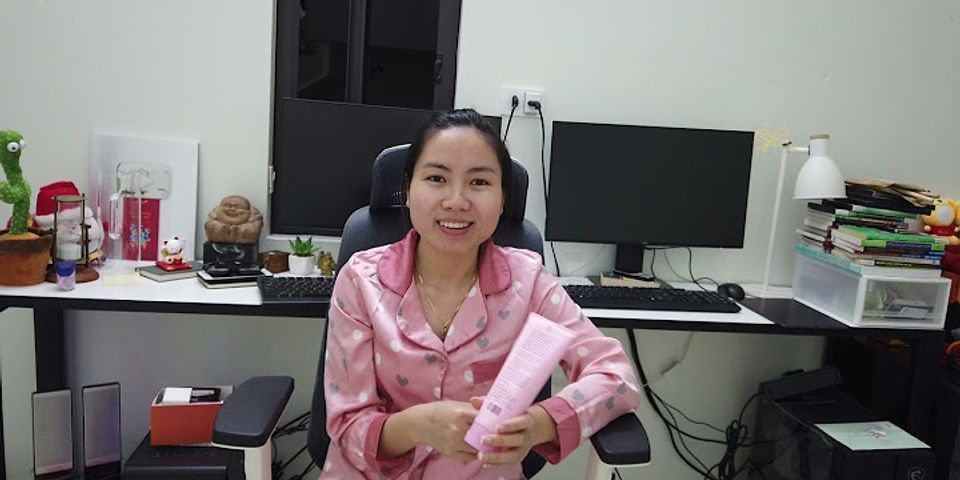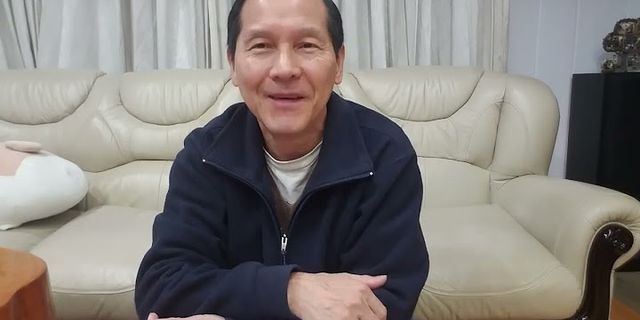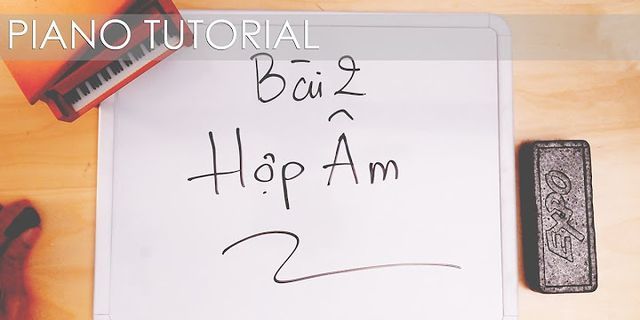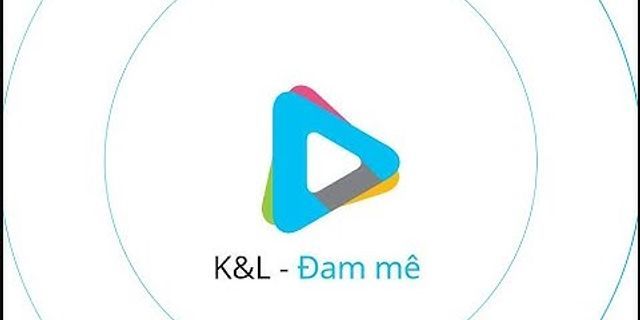Thì Tương lai đơn & Tương lai gần (The Future Simple & The Near Future) – Bài viết này nằm trong chuổi bài viết về ngữ pháp tiếng Anh từ cơ bản đến nâng cao. Trong bài viết này chúng tôi sẽ cùng quý vị tìm hiểu về Thì Tương lai đơn & Tương lai gần (The Future Simple & The Near Future) qua đó hiểu rỏ dùng để sử dụng một cách chuẩn xác trong tiếng Anh Show Công thức
Cách dùng– Mô tả dự định của người nói trong Speaking part 1 hoặc part 3 (thường đứng cuối bài nói để nói về nói về những dự định sẽ làm trong tương lai) Ví dụ:
– Mô tả về dự đoán/ ước muốn/ hy vọng của người nói  I hope that in the future I will become such a well-dressed person like her. I personally hope that carpooling will be a dominant trend in the near future so that we can reduce dangerous gas emission into the atmosphere. Những cấu trúc mang ý nghĩa tương lai Ta có thể sử dụng một số cấu trúc ngữ pháp khác có chức năng tương tự thì tương lai đơn, diễn đạt hành động, sự việc có khả năng xảy ra trong tương lai như: (to be) likely to + V  I believe that technological innovations such as robots are likely to do most of human’s work in the future I believe that technological innovations such as robots are likely to do most of human’s work in the future (to be) expected to + V Sự khác nhau giữa thi tương lai đơn và tương lai gầnSự khác biệt giữa thì tương lai đơn và cấu trúc ‘be going to + V’ Điểm khác biệt lớn nhất giữa thì tương lai đơn và cấu trúc ‘be going to + V’ nằm ở khả năng xảy ra của phán đoán, dự đoán của người nói. Vì vậy:
Dấu hiệu nhận biết thì tương lai đơn và tương lai gầna. Thì tương lai đơnTrong câu có các trạng từ chỉ thời gian trong tương lai: – in + thời gian: trong … nữa (in 2 minutes: trong 2 phút nữa) – tomorrow: ngày mai – Next day: ngày hôm tới – Next week/ next month/ next year: Tuần tới/ tháng tới/ năm tới Trong câu có những động từ chỉ quan điểm như: – think/ believe/ suppose/ …: nghĩ/ tin/ cho là b. Thì tương lai gầnDấu hiệu nhận biết thì tương lai gần bao gồm các trạng từ chỉ thời gian ở tương lai giống dấu hiệu nhận biết thì tương lai đơn. Nhưng có thêm những căn cứ hay những dẫn chứng cụ thể.
Ex:Tomorrow I am going to visit my parents in Da Nang. / Ngày mai tôi sẽ đi thăm bố mẹ ở Đà Nẵng. Bài tập có đáp án  Bài tập có đáp án thì tương lai đơn và tương lai gần Exercise 1: Điền vào chỗ trống sử dụng những từ trong bảng sau để hoàn thành một bài hoàn chỉnh. Question: How would you think the modern technology will change the workplace in the next 100 years?
Sample answer: Thanks to modern technology, there have been enormous changes in the workplace over the past 100 years. So now let us consider the changes that (1)……………… in the next 100 years. Unfortunately, I believe that not all changes (2)…………for the better. For example, more people (3)………… … from home and so they (4)………… more isolated from their colleagues. On the other hand they (5)………… greater freedom to choose their working hours. A further possible change is that handwriting (6)…………… obsolete. We are already so used to using a keyboard that today’s children are losing the ability to spell without the aid of a word processor. Without a doubt, even greater changes (7)…………… in technology used in the workplace. Computers (8)……………… to grow even more powerful and this (9) …………………… in an even faster pace of life than we have now. Let us hope that our employers (10)……………… way to reduce the stress on worker’s this fast pace can bring. I also think these improvements in technology (11)……………… even more globalization than now and companies (12)………………… very strong international links. Exercise 2: Chọn đáp án phù hợp nhất cho mỗi câu sau. 1. I completely forget about this. Give me a moment, I………..do it now. A. will 2. Tonight I……….stay at home. I have already told Jimmy to come by and enjoy the new film series with me. A. be going to 3. I…….fly to Japan next December. A. am going to 4. If you have any problem, don’t worry. I………help you. A. will 5. Where are you going? A. I am going to see a friend. 6. That’s the phone./ I….answer it. A. will 7. Look at those clouds. It….rain now. A. will 8. Tea or coffee? A. I am going to have tea, please. 9. Thanks for your offer. But I am OK. John………help me. A. is going to 10. The weather forecast says it…….rain tomorrow. A. is going to Exercise 3: Chia các động từ trong ngoặc để tạo thành một bài hoàn chỉnh. The line graph illustrates the financial position of a New Zealand local authority from 2012 to 2022. It is measured in millions of New Zealand dollars. Overall, it can be seen that while rates revenue and user charges are predicted to increase over the period, borrowings and grants and subsidies (1-remain)…………. much lower. Rates revenues and user charges (2-follow)………………a very similar pattern over the time frame. Rates revenue stood at just under 1.5 billion in 2012, which was the highest of the four criteria. Though they remained stable until 2013, they are expected to climb to approximately 2.4 billion dollars in 2022. Like rates revenues, use charges are predicted to continuously increase. They began the period at 1 billion and (3- stand)……………..at twice this level by 2022. Borrowings, on the other hand, are expected to show considerable fluctuation. Although having initially increased, they (4-drop)………………..to a low of 600 million in 2016, before reaching a peak of just under 1.5 billion in 2020. Borrowings (5- finish)……………….the period at around the same level that they began. Grant and subsidies were the lowest of the four, at under 500 million in 2012. Despite moving up to exceed borrowing briefly in 2016, this low level will continue until 2022. Exercise 4: Chia động từ ở các câu sau. 1. I’m afraid I……………… (not/ be) able to come tomorrow. 2. Because of the train strike, the meeting ……………… (not/ take) place at 9 o’clock. 3. A: “Go and tidy your room.” 4. If it rains, we ……………… (not/ go) to the beach. 5. In my opinion, she ……………… (not/ pass) the exam. 6. A: “I’m driving to the party, would you like a lift?” 7. Look at the sky! It………………(rain) very heavily! 8. The company (hold)………………a very important meeting next month. 9. According to the weather forecast, it ……………… (not/ snow) tomorrow. 10. I think I (go)…………………study abroad. Đáp ánExercise 1 1. are likely to occur Exercise 2 1A 2B 3A 4A 5A 6A 7B 8B 9C 10C Exercise 3 1. will remain Exercise 4 1. will not be
Với những ví dụ cụ thế trên, chúng tôi hy vọng bạn đã thực sự hiểu rõ về 2 thì này qua đó hiểu rỏ dùng để sử dụng.Nếu bạn có yêu cầu nào khác hoặc muốn liên hệ với chúng tôi dịch thuật tiếng Anh hoặc đóng góp ý kiến vui lòng gọi Hotline: 0946.688.883. Xem thêm chủ đề tiếp theo Thì tương lai tiếp diễn Công ty CP dịch thuật Miền Trung – MIDTrans Hotline: 0947.688.883 – 0963.918.438 Email: Địa chỉ trụ sở chính : 02 Hoàng Diệu, Nam Lý Đồng Hới, Quảng Bình Văn Phòng Hà Nội: 101 Láng Hạ Đống Đa, Hà Nội Văn Phòng Huế: 44 Trần Cao Vân, Thành Phố Huế Văn Phòng Đà Nẵng: 54/27 Đinh Tiên Hoàng, Hải Châu, Đà Nẵng Văn Phòng Sài Gòn 47 Điện Biên Phủ, Đakao, Quận , TP Hồ Chí Minh Văn Phòng Đồng Nai: 261/1 tổ 5 KP 11, An Bình, Biên Hòa, Đồng Nai Văn Phòng Bình Dương 123 Lê Trọng Tấn, Dĩ An, Bình Dương |




















